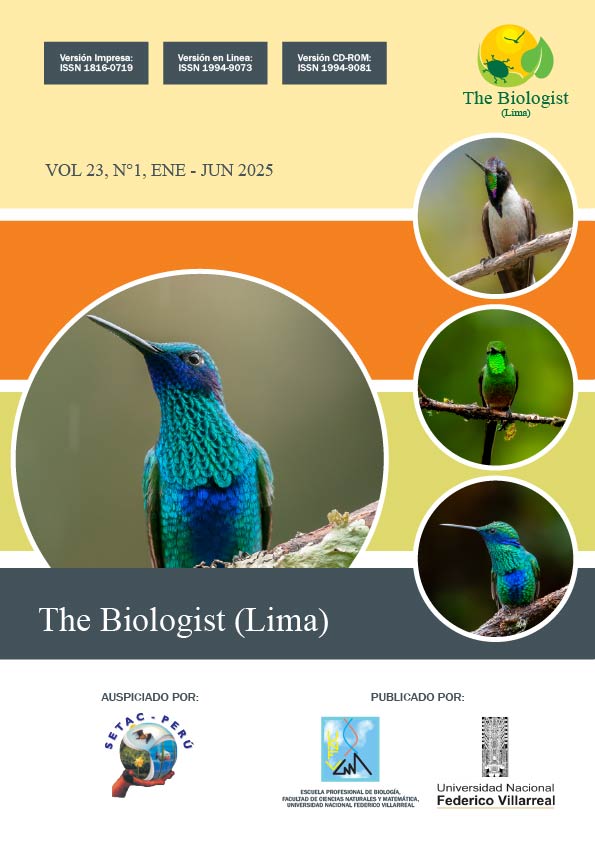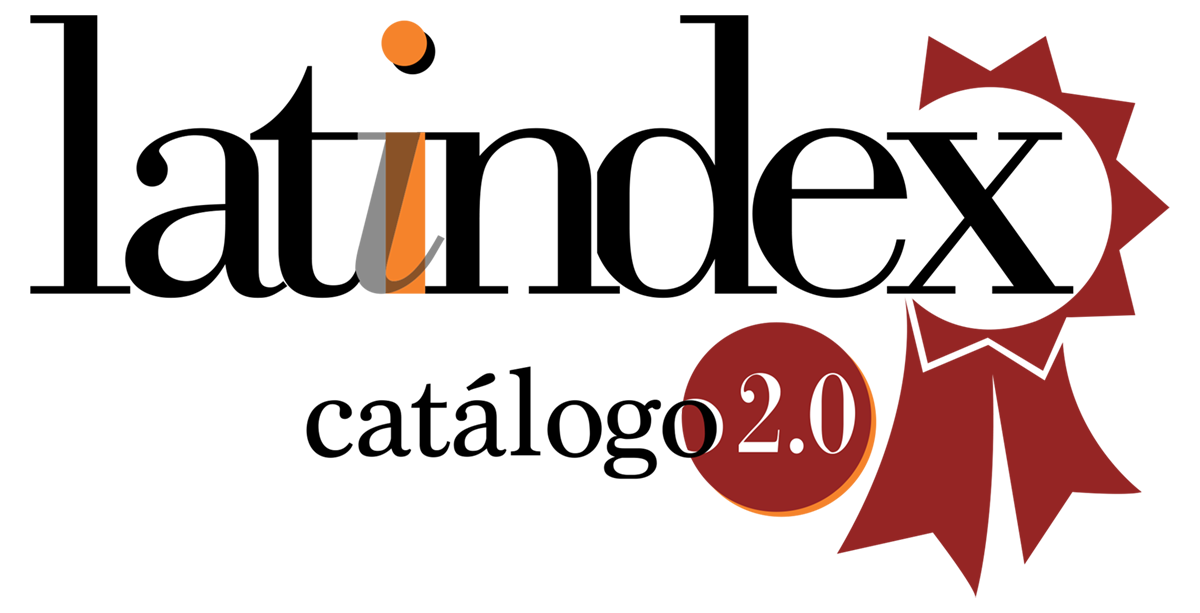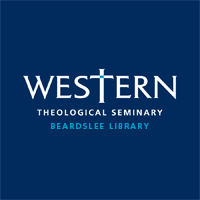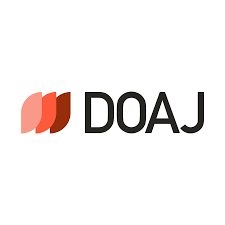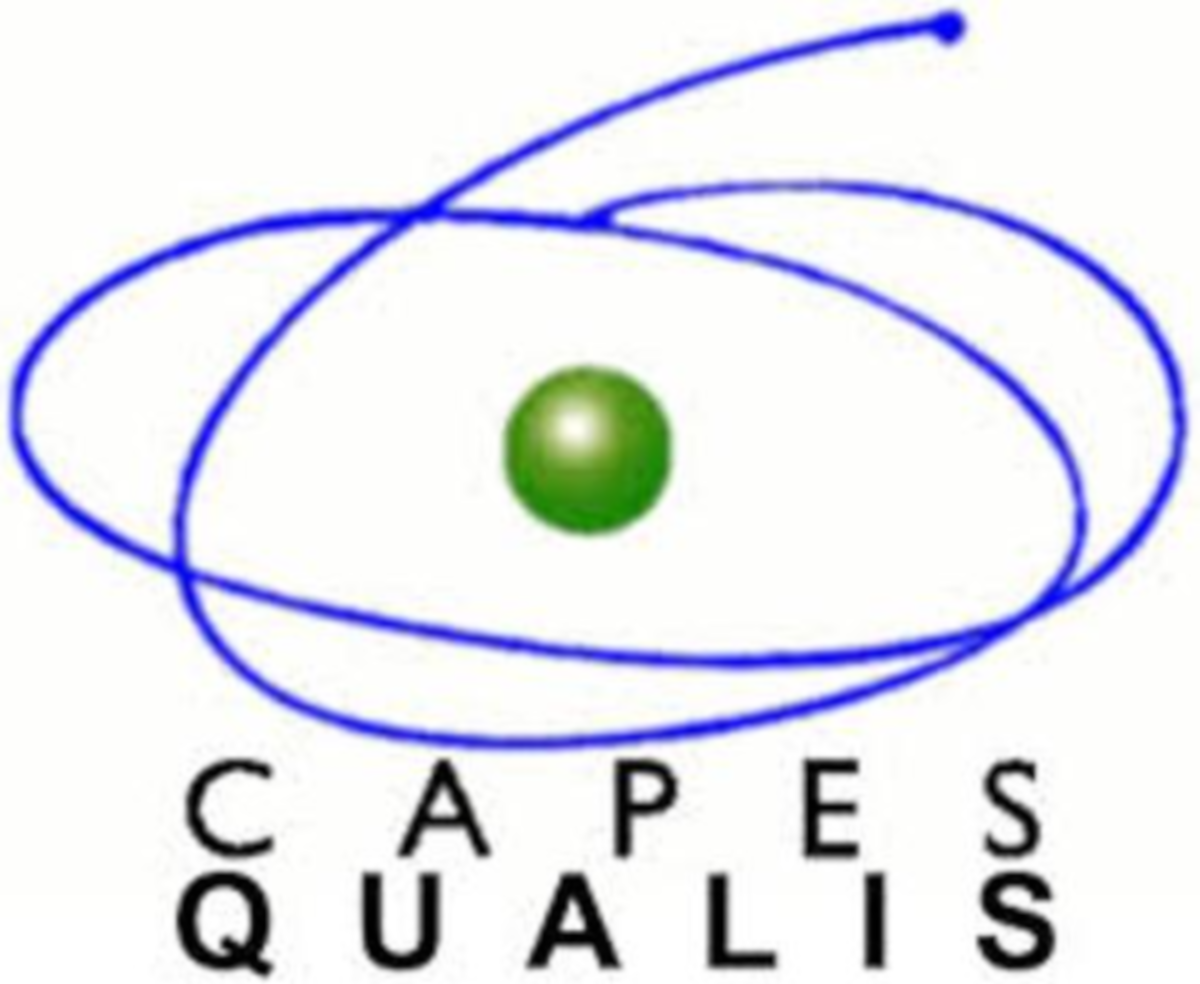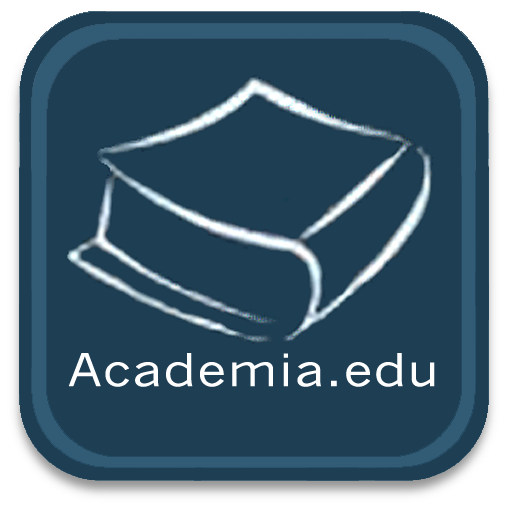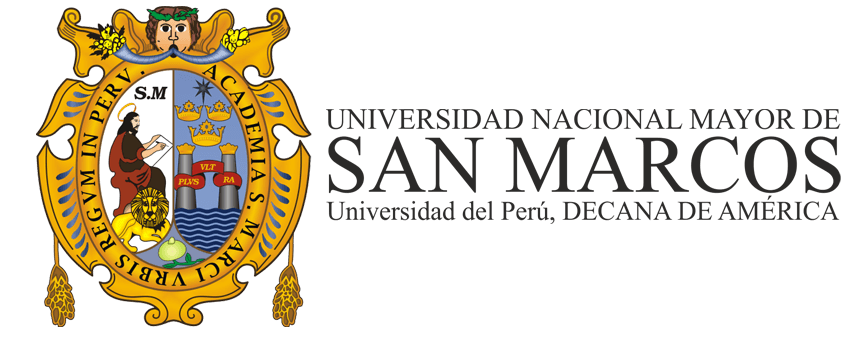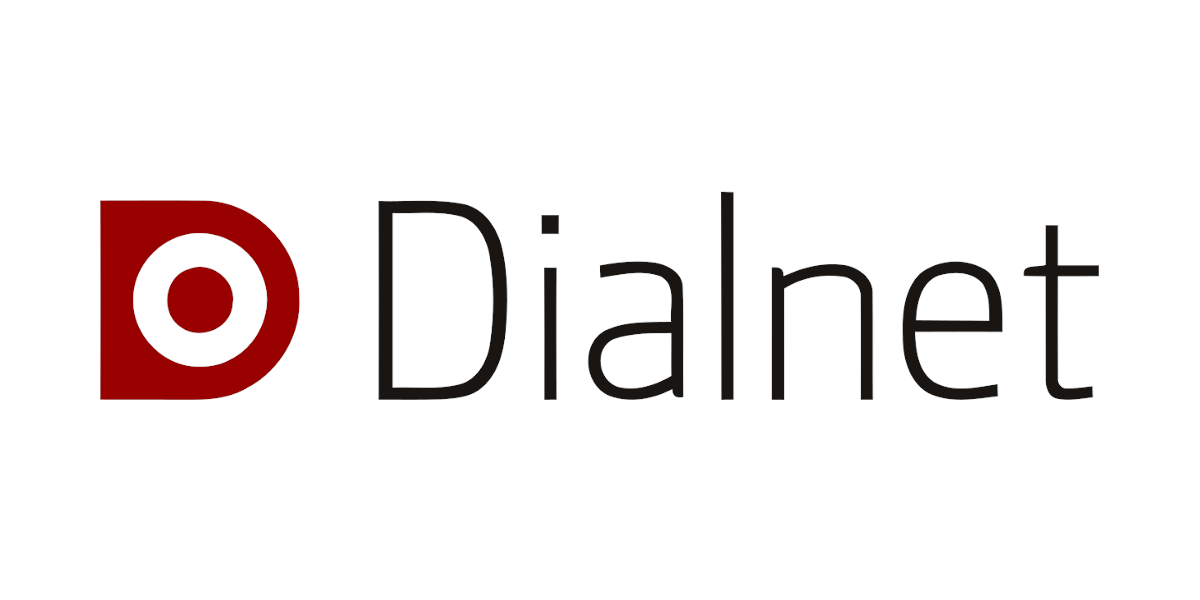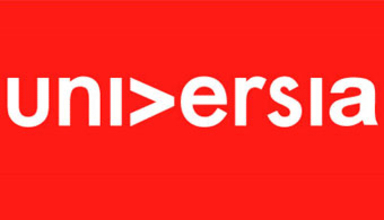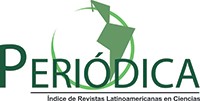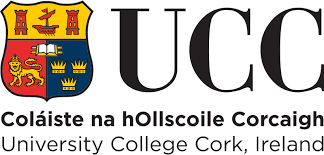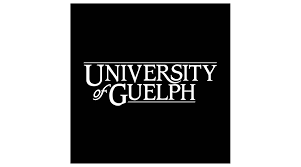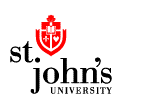¿Does evolution violate the second law of thermodynamics?
DOI:
https://doi.org/10.62430/rtb20252311908Keywords:
Abiogenesis, Entropy, Gibbs Free Energy, Natural SelectionAbstract
The argument that evolution contradicts the second law of thermodynamics arises from a misinterpretation of this law, which does not preclude local increases in order in open systems such as the Earth or living organisms. The second law states that total entropy in an isolated system tends to increase, but it does not exclude the possibility that complexity may increase locally provided it is compensated by a larger increase in entropy in the environment. Evolution and abiogenesis operate within the limits of physical laws. Energy from the Sun drives self-organizing processes, allowing living systems to reduce their internal entropy while increasing the total entropy of the universe. Furthermore, concepts such as Gibbs free energy and dissipative structures explain how biological and chemical processes can generate order without violating thermodynamics. Recent studies connect natural selection with thermodynamic principles, showing that evolution maximizes energy efficiency and complies with the second law. Far from contradicting each other, evolution and thermodynamics are interdependent, and understanding them together reveals how living systems emerge and organize in a universe governed by physical laws.
Downloads
References
Avery, J. S. (2012). Information theory and evolution (2nd ed.). World Scientific Publishing. https://doi.org/10.1142/8441
Brändas, E.J. (2020). Abiogenesis and the Second Law of Thermodynamics. In: Mammino, L., Ceresoli, D., Maruani, J., Brändas, E. (eds) Advances in Quantum Systems in Chemistry, Physics, and Biology. QSCP 2018. Progress in Theoretical Chemistry and Physics, vol 32. Springer, Cham. https://doi.org/10.1007/978-3-030-34941-7_15
Kaila, V. R. I., & Annila, A. (2008). Natural selection for least action. Proceedings of the Royal Society A: Mathematical, Physical and Engineering Sciences, 464(2099), 3055–3070. https://doi.org/10.1098/rspa.2008.0178
Kostic, M. M. (2020). The second law and entropy misconceptions demystified. Entropy, 22(6), 648. https://doi.org/10.3390/e22060648
Mammino, L., Ceresoli, D., Maruani, J., & Brändas, E. (Eds.). (2020). Advances in Quantum Systems in Chemistry, Physics, and Biology. Progress in Theoretical Chemistry and Physics. https://link.springer.com/book/10.1007/978-3-030-34941-7
Schreiber, A., Gimbel, S. Evolution and the Second Law of Thermodynamics: Effectively Communicating to Non-technicians. Evo Edu Outreach 3, 99–106 (2010). https://doi.org/10.1007/s12052-009-0195-3
Sears, F. W., Zemansky, M. W., Young, H. D., & Freedman, R. A. (2009). Física universitaria: Con física moderna. Volumen 1 (12.ª ed.). Pearson Educación.
Stenger, V. J. (2012). God and the folly of faith: The incompatibility of science and religion. Prometheus Books.
Vanchurin, V., Wolf, Y. I., Koonin, E. V., & Katsnelson, M. I. (2022). Thermodynamics of evolution and the origin of life. Proceedings of the National Academy of Sciences, 119(6), e2120042119.
Published
How to Cite
Issue
Section
License

This work is licensed under a Creative Commons Attribution-NonCommercial-NoDerivatives 4.0 International License.
Objeto: El AUTOR-CEDENTE transfiere de manera TOTAL Y SIN LIMITACIÓN alguna al CESIONARIO (Revista The Biologist (Lima)) los derechos patrimoniales que le corresponden sobre sus obras por el tiempo que establezca la ley internacional. En virtud de lo anterior, se entiende que el CESIONARIO adquiere el derecho de reproducción en todas sus modalidades, incluso para inclusión audiovisual; el derecho de transformación o adaptación, comunicación pública, traducción, distribución y, en general, cualquier tipo de explotación que de las obras se pueda realizar por cualquier medio conocido o por conocer en el territorio nacional o internacional.
Remuneración: La cesión de los derechos patrimoniales de autor que mediante este contrato se hace será a título gratuito.
Condiciones y legitimidad de los derechos: El AUTOR-CEDENTE garantiza que es propietario integral de los derechos de explotación de la(s) obra(s) y en consecuencia garantiza que puede contratar y transferir los derechos aquí cedidos sin ningún tipo de limitación por no tener ningún tipo de gravamen, limitación o disposición. En todo caso, responderá por cualquier reclamo que en materia de derecho de autor se pueda presentar, exonerando de cualquier responsabilidad al CESIONARIO.
Licencia de acceso abierto: El AUTOR-CEDENTE autoriza que manuscrito publicado en la Revista Científica The Biologist (Lima) (versión Impresa ISSN 1816-0719, versión en línea ISSN 1994-9073) permanece disponible para su consulta pública en el sitio web http://revistas.unfv.edu.pe/index.php/rtb/index y en los diferentes sistemas de indexación y bases de datos en las que la revista tiene visibilidad, bajo la licencia Creative Commons, en la modalidad Reconocimiento-No comercial- Sin Trabajos derivados –aprobada en Perú, y por lo tanto son de acceso abierto. De ahí que los autores dan, sin derecho a retribución económica, a la Escuela Profesional de Biología, Facultad de Ciencias Naturales y Matemática de la Universidad Nacional Federico Villarreal (EPB - FCCNM - UNFV), los derechos de autor para la edición y reproducción a través de diferentes medios de difusión.

